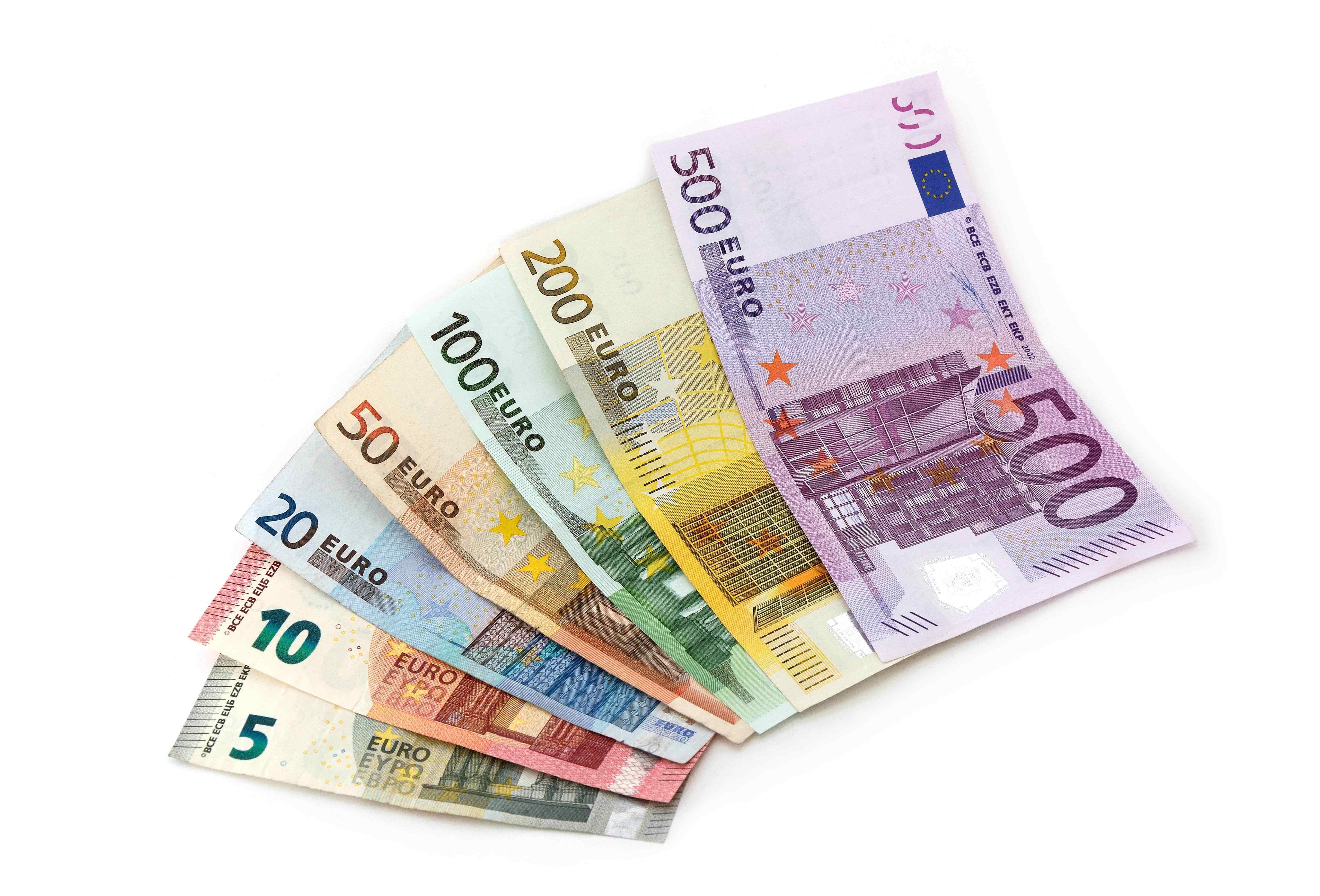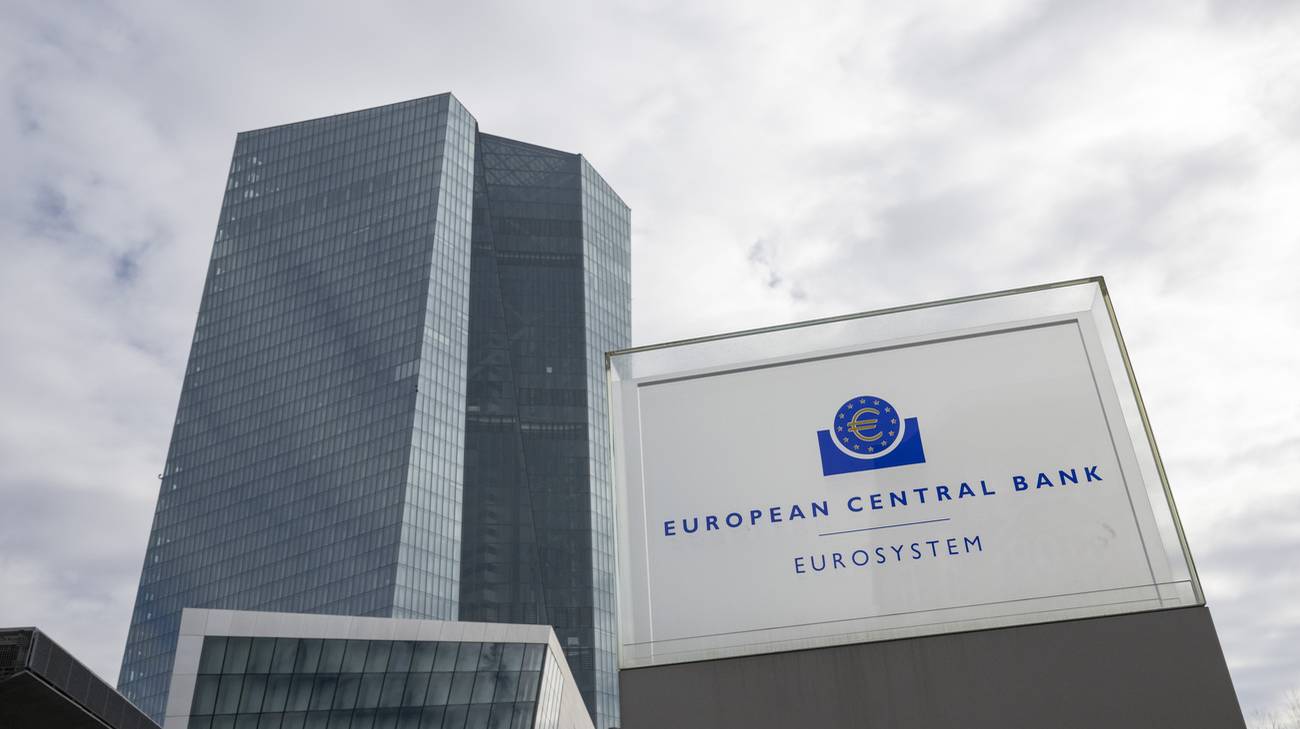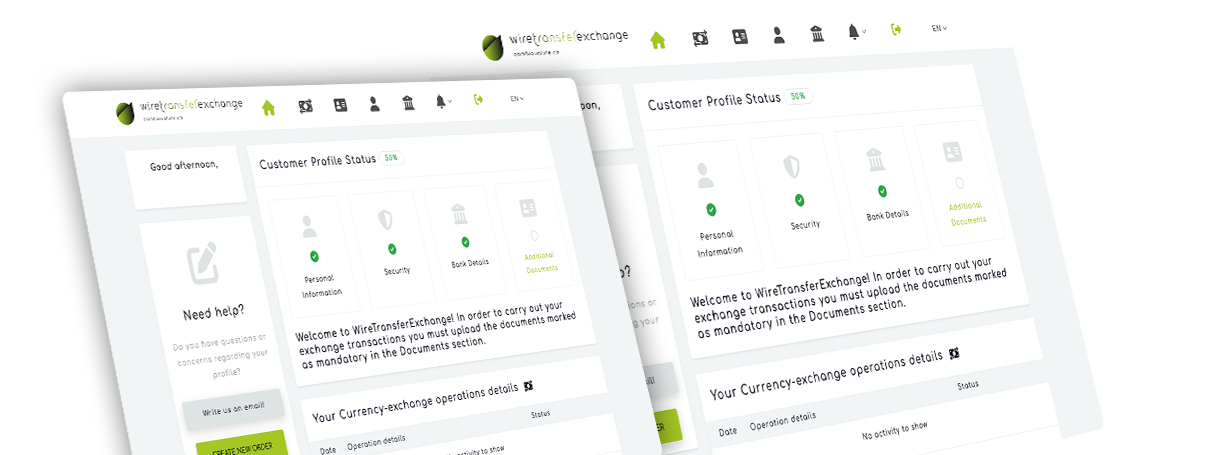The Euro and how it works
The Euro is the official currency of the Eurozone, i.e. all those countries in the European Union that have decided to adopt the single currency (currently 19 out of 27). It is also used by some non-EU countries, namely the Vatican City, San Marino, Monaco, Andorra, Montenegro and Kosovo, and the British military bases at Akrotiri and Dhekelia on the island of Cyprus.
- The euro, coins and banknotes
- Quotation of the euro against major foreign currencies
- Reference interest rate of the European central bank
- The Euribor rate: what it is and how much it corresponds to

The euro, coins and banknotes
The Euro officially entered into circulation on 1 January 2002, after a period of flanking local currencies (with the exception of Germany, which has never adopted the "mixed system"). However, its debut on the markets predates this date: the single currency was created on 1 January 1999 by a communiqué of the European Council of Ministers. The European Council decided the exchange rates between the euro and national currencies. For Italy, the exchange rate was 1 euro = 1936.27 Italian lire.
The name "Euro" was decided by the Madrid European Council in 1995. It replaced the acronym ECU (European Currency Unit), which had been used in the preliminary stages but was not very popular because of linguistic problems. Among others, the "German cow dilemma" had arisen: "ein ECU", in fact, sounded very similar to "eine Kuh", "a cow.

As per the ISO 4217 standard, which determines codes for defining currency names, Euro has the abbreviation EUR. The currency can also be represented by a special glyph (€), possibly designed by the graphic artist Alain Billiet. The final choice was made by the then President of the European Commission Jacques Santer and the European Commissioner responsible for the Euro, Yves-Thibault de Silguy.
A Euro is made up of 100 cents. The coins have values of 1, 2, 5, 10, 20, 50 cents and 1 and 2 Euro. They all feature a common effigy on one side and a choice of the minting country on the other. The paper banknotes, on the other hand, have shared designs, each dedicated to a different architectural theme, and are available in denominations of €5, €10, €20, €50, €100 and €200 (the €500 banknotes will no longer be issued from 2019). They also bear the signature of the current President of the ECB .
currency_EUR_art quotation against major foreign currencies
| CHF | EUR | USD | GBP | JPY | CAD | AUD | |
|---|---|---|---|---|---|---|---|
| CHF | 1 | 1.0185 | 1.0857 | 0.8714 | 174.8732 | 1.5132 | 1.6939 |
| EUR | 0.9739 | 1 | 1.0638 | 0.8517 | 169.2032 | 1.4642 | 1.6390 |
| USD | 0.8984 | 0.9296 | 1 | 0.7866 | 158.0950 | 1.3681 | 1.5314 |
| GBP | 1.1376 | 1.1638 | 1.2448 | 1 | 199.7926 | 1.7289 | 1.9353 |
| JPY | 0.0057 | 0.0059 | 0.0063 | 0.0050 | 1 | 0.0087 | 0.0097 |
| CAD | 0.6608 | 0.6830 | 0.7310 | 0.5784 | 115.5623 | 1 | 1.1194 |
| AUD | 0.5903 | 0.6101 | 0.6530 | 0.5167 | 103.2361 | 0.8933 | 1 |

European central bank reference interest rate
What is the reference interest rate of the European central bank and what is it used for?
The official interest rate applied by the European Central Bank to private banks when granting loans is known as the ECB rate. This rate indirectly impacts the rates applied by banks to each other and to private clients. The ECB interest rate represents a measure of monetary policy aimed at stimulating the economy or regulating inflation. It should be emphasized that the ECB rate is not simply a percentage of profit on loans, but rather a crucial economic regulation tool. Any increase or decrease in the ECB interest rates may have a significant impact on private individuals, for example, on the interest rates applied to mortgages and loans.
The main interest rate that influences other rates is the ECB rate, also known as the official discount rate. It represents the interest rate applied by the European Central Bank to loans granted to private banks. Credit institutions exchange liquidity among themselves and receive loans from the central bank. Therefore, the ECB interest rate indicates the official and primary discount rate established by the Central Bank. However, it should be noted that the ECB reference rate is not unique, but is composed of three different rates. The first is the interest rate on main refinancing operations, applied by the ECB to sums borrowed from credit institutions under normal conditions. The second refers to overnight loans, i.e., short-term, and is the rate on marginal refinancing operations. Finally, the third is the rate on deposits made with the central bank, i.e., the rate applied to sums lent by the private bank to the ECB. Although these rates are distinct, they are not independent of each other, as the ECB usually modifies them simultaneously and to the same extent.
Below you can find the ECB's official interest rate, with an indication of when it was last updated.
| Reference institution |
|---|
| European central bank |
| Headquarter |
| Frankfurt am Main, Germany |
| Reference interest rate |
| 4.500 % |
| Last updated |
| 09-14-2023 |
The Euribor rate: what is it and how much does it correspond to?
The Euribor represents a reference interest rate calculated by taking the average of the rates applied by major European banks in liquidity exchanges among themselves. It is of fundamental importance as it indicates the cost of short-term money and serves as a parameter used to determine variations in interest rates for variable-rate loans, including mortgages. The acronym Euribor comes from the English phrase "Euro Inter Bank Offered Rate" and represents the interbank offered rate in euros. It should be noted that although the official interest rate is determined by central banks (in the eurozone, by the ECB) to implement a series of monetary policy measures such as inflation control, private individuals (including private banks) can use other rates for their loans. However, they must still take into account the general rate. Eurozone banks offer unsecured short-term loans on the interbank market, often structured as repurchase agreements. These loans aim to maintain the liquidity of each bank and ensure that any excess can generate a return. Loans can have various maturities, conventionally ranging from one, two, three weeks, one month, three months, six months, or 12 months. Therefore, we have a one-month Euribor, a three-month Euribor, and a six-month Euribor. These are the main reference rates, but there is also a one-year and a one-week rate. Generally, the longer the loan duration, the higher the interest rate, as giving up money for a longer period is compensated to a greater extent. The Euribor is calibrated on 360 days, but it is possible to calculate the Euribor for 365 days using a simple proportion. It represents the reference parameter for loans between banks and citizens, as well as for a wide range of euro-denominated financial products, including mortgages, savings accounts, car loans, and various derivative securities.
The Euribor, as previously mentioned, is a reference rate for the European interbank market, which is calculated based on information provided by the banks that handle the highest volume of transactions from the main nations of the eurozone, in addition to the English bank Barclays. Currently, the reference bank group consists of 18 institutions, including Intesa Sanpaolo and UniCredit representing Italy. It is important to note that the participation of each bank is not mandatory, but voluntary. Data must be communicated to the European Banking Federation (EBF) by 11 am on each calculation day, and if there are not at least 12 banks that communicate their data, the Euribor is not calculated. The European Banking Federation (EBF) calculates the average for each Euribor maturity, excluding the top 15% and bottom 15% of rates to avoid extreme values.
Below you will find the latest updated value of the Euribor rate at different maturities:
| Euribor - 1 week | 3.883 % |
| Euribor - 1 month | 3.848 % |
| Euribor - 3 months | 3.865 % |
| Euribor - 6 months | 3.835 % |
| Euribor - 12 months | 3.724 % |
Need to change your money and want to take advantage of our extremely advantageous exchange rates? Sign in by clicking on the button below.
CHANGE NOW AND FIND OUT HOW CONVENIENT IT IS !Why choose Wiretransferexchange.com?
With Wiretransferexchange.com you change your money, salary or savings from the comfort of home and save up to 80% compared to the average rates of traditional banks and exchanges. Find out why it makes sense to change with us if you are a cross-border commuter, resident in Switzerland or a company.
Register now

